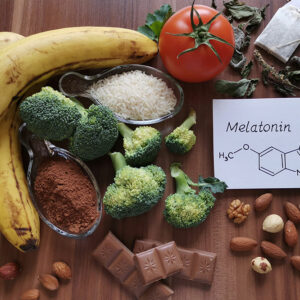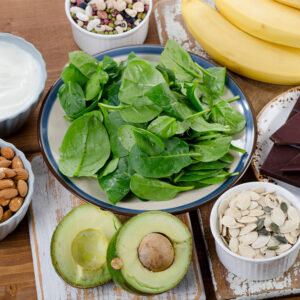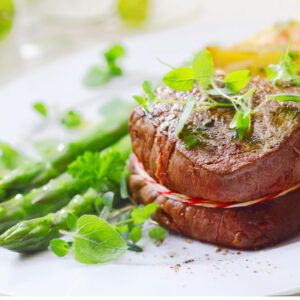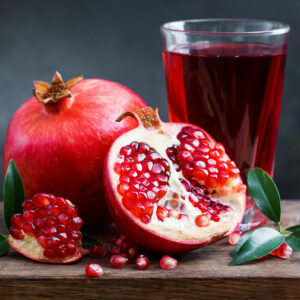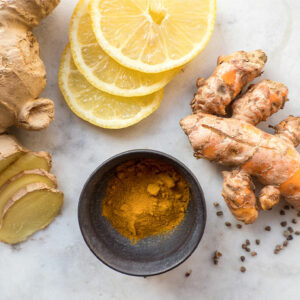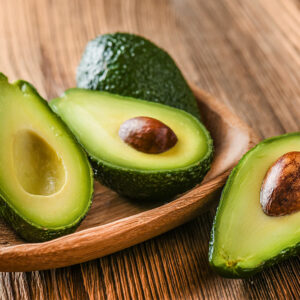
01
7 heart-healthy foods that help manage atrial fibrillation
Atrial fibrillation (AFib) is an irregular and rapid heart rhythm that causes blood clots in the heart. It can further lead to an increase in the risk of strokes, heart failure, and other cardiac conditions. And though there are treatments like medication, therapy, and catheter procedures for the condition, you must also consider including these foods in your regular meal plan for a healthy heart. Bananas Lack of nutrients, especially potassium in the body, can put you at a higher risk for AFib. So you must have nutrient-rich fruits like bananas. They are rich in potassium, which in turn help manage atrial fibrillation. But make sure to eat fresh fruits and not canned ones, as the latter contain excessive sugars that prove unsafe for the body. Blueberries Blueberries can also help manage the symptoms of AFib. Research suggests that berries contain antioxidants. So having just one cup of blueberries a day may help improve blood pressure and lower atrial stiffness for postmenopausal women in pre-and stage 1 hypertension. Nuts Nuts like almonds and walnuts are rich in protein, fibers, unsaturated fatty acids, vitamin E, minerals, folate, and more. Therefore, consuming these nuts multiple times a week can help reduce the risk of atrial fibrillation and curb the possibility of heart failure. Greek yogurt Greek yogurt is a source of protein that is a crucial requirement to fight AFib. Proteins can prevent the loss of bone mass and lean muscle mass. Yogurt also has significant levels of magnesium, which also complement the rhythm of the heart. However, avoid flavored yogurts as they are high in sugar content and other unhealthy additives. Tomatoes Tomatoes are rich in potassium and help the muscles function to their highest potential. It is also a good source of antioxidants, beta-carotene, vitamin A and C, and folic acid, which are beneficial for a healthy lifestyle.
Read More 